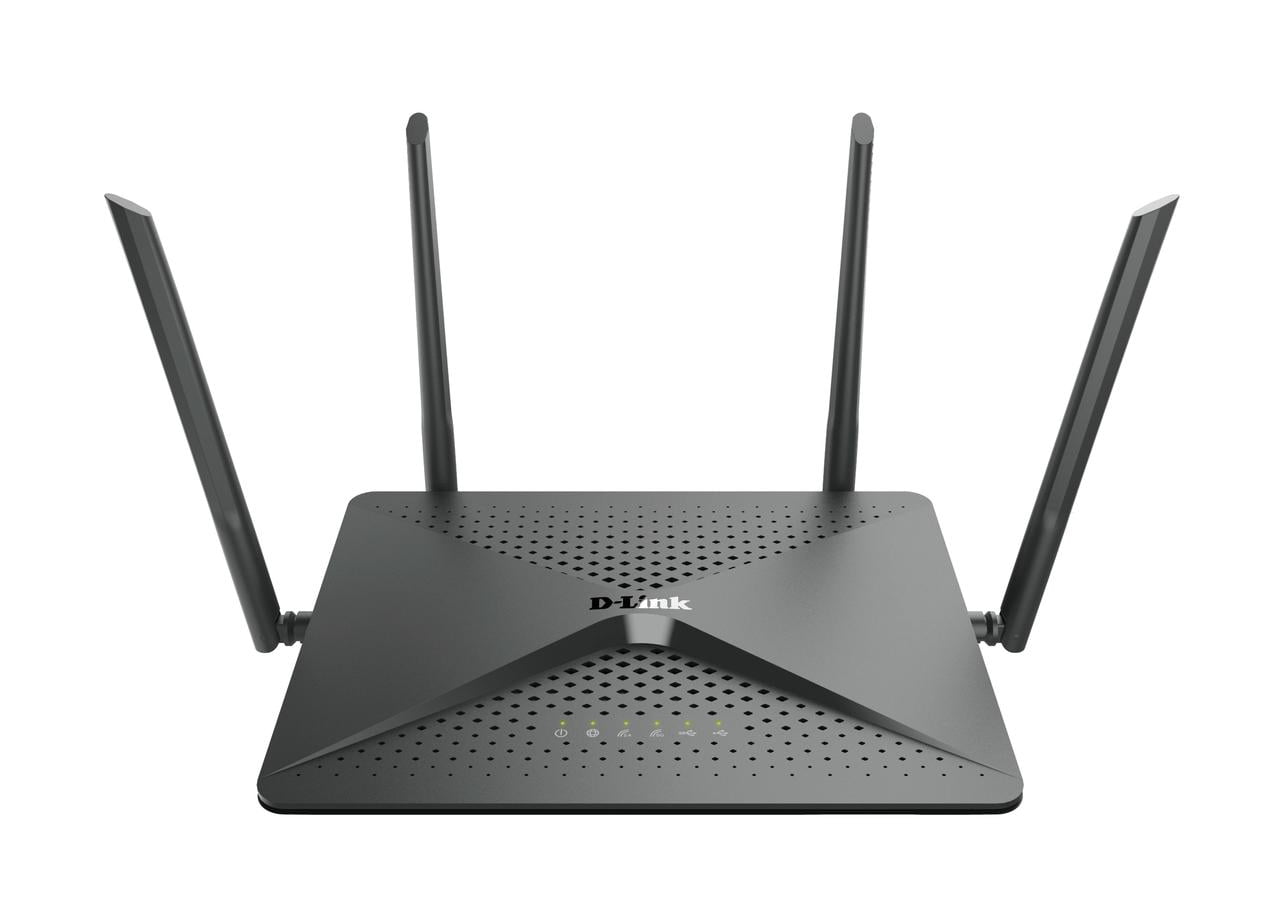


The router will split the signal among all of the connected devices. Understand that if you have several people connected to the same router, they share the data transmission speed. Higher bandwidth numbers yield faster data transmission. This speed also is known as the bandwidth for the router. Mbps: This acronym stands for megabits per second, and refers to the data transmission speed of the router. Single-band routers only use one band, usually 2.4 GHz. Advanced users can also force devices to use particular bands, so bandwidth can be reserved for particular uses. The router automatically switches traffic between bands, keeping performance on each band at optimum levels. Dual band routers are more expensive, but the signal to any given device is generally more reliable. single bands: A dual band router is able to send a wireless signal on either or both of two wireless frequencies at the same time, 2.4 GHz and 5G Hz. We’ve listed some things you should understand as you compare different NETGEAR routers.ĭual vs. The type of router you’re using determines the data transmission speeds and the type of devices that can connect to it. Most routers can use both types of connections simultaneously. Routers can send data either wirelessly, using a WiFi network, or over a wired connection, using an Ethernet cable. These may include things like a USB port, other data ports, or a reset button.īestReviews Terms to know with WiFi routers Other parts: Depending on the model of NETGEAR router you’re using, you may have some other parts available. Some smart home devices that don’t have a display screen connect to the network with the WPS button. WPS button: A WPS button allows you to make a connection to the router without having to enter a password. Power cord: Each router ships with a power cord that plugs into a regular wall outlet. These indicate the status of power, internet connection, Ethernet connections, and WiFi activity. LED lights: Your NETGEAR router will have multiple LED lights on the front. The modem is usually connected directly to the router through an Ethernet cable, and other nearby devices can take advantage of the fast speed of Ethernet by being hardwired.

By aiming these antennas in different directions, you can control the range and positioning of the WiFi signal.Įthernet ports: Though wireless connectivity is increasingly the norm today, most routers still have a few Ethernet ports. These are thick, plastic pieces, a few inches in length. Here are some of the different parts of the router:Īntennas: A wireless NETGEAR router will have two to several antennas. The router itself is generally a lightweight, plastic box, usually about the size of a paperback book.

Though models vary, your NETGEAR router will have many parts in common with most other routers. NETGEAR routers often provide far superior features than the lower-end models that are standard fare for ISPs. Rather than relying on the gear your ISP provides, you may want more features in your router, such as a greater wireless range and faster data transmissions. People with basic needs in an internet connection will be able to survive just fine with this kind of setup. Modem/router combination: In other cases, the modem from your ISP is a modem/router combination. If the modem provided by the ISP is only a modem, the ISP may have also rented or provided you with a router. The modem handles the connection to the internet, while the router allows your devices to gain access to data by managing the connection to the modem. Separate router: If your ISP provides you with modem-only product, you need a separate router. Essentially, the modem is the gateway for data coming into and leaving your home. This piece of hardware translates the signals coming from and being sent to the ISP’s hardware, allowing your devices to use the data. Modem: When you sign up for internet access, your internet service provider (or ISP) will give, rent, or sell you a modem. Let’s break down the hardware used to access an internet connection:


 0 kommentar(er)
0 kommentar(er)
